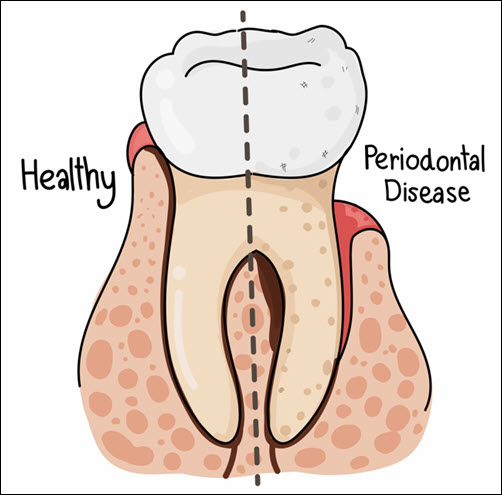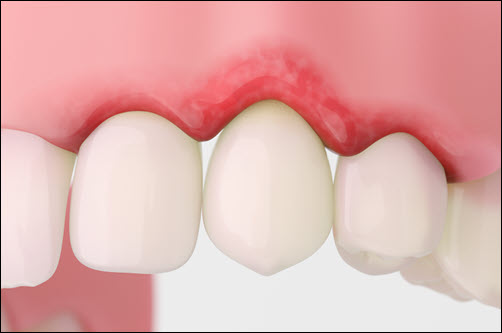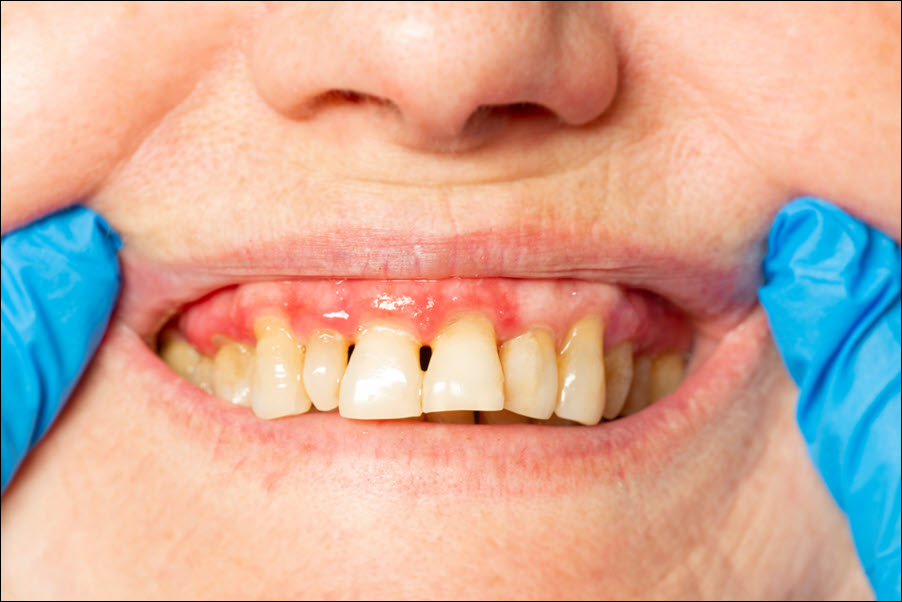Gum disease damages gum tissue and weakens tooth support. It starts with plaque buildup along the gumline, causing inflammation and bleeding. Poor oral hygiene, smoking, and health conditions increase the risk of gum disease. Early-stage gum disease (gingivitis) is reversible with proper care. Advanced gum disease (periodontitis) requires professional treatment to prevent tooth loss. Brushing, flossing, and regular dental cleanings prevent plaque buildup and gum inflammation. Treating gum disease early strengthens gums and protects tooth stability. Understanding how to prevent and cure gum disease ensures long-term dental health. Let’s explore effective ways to protect and restore gum health.
How to Prevent Gum Disease
 Brushing and flossing daily prevent plaque buildup and gum inflammation. Brush twice a day with fluoride toothpaste and a soft-bristled toothbrush. Clean along the gumline using gentle, circular motions to avoid gum damage. Floss daily to remove food particles and plaque between teeth. Use an antibacterial mouthwash to kill bacteria and freshen breath. Eating a balanced diet strengthens gum tissue and improves immune response. Avoid sugary snacks and acidic drinks, which weaken enamel and increase plaque formation. Stay hydrated to improve saliva production and wash away debris. Regular dental checkups detect early signs of gum disease. Consistent care strengthens gums and prevents long-term damage.
Brushing and flossing daily prevent plaque buildup and gum inflammation. Brush twice a day with fluoride toothpaste and a soft-bristled toothbrush. Clean along the gumline using gentle, circular motions to avoid gum damage. Floss daily to remove food particles and plaque between teeth. Use an antibacterial mouthwash to kill bacteria and freshen breath. Eating a balanced diet strengthens gum tissue and improves immune response. Avoid sugary snacks and acidic drinks, which weaken enamel and increase plaque formation. Stay hydrated to improve saliva production and wash away debris. Regular dental checkups detect early signs of gum disease. Consistent care strengthens gums and prevents long-term damage.
Early Signs of Gum Disease
Red, swollen, and bleeding gums signal early-stage gum disease (gingivitis). Persistent bad breath results from plaque and bacterial buildup. Gum sensitivity and discomfort while brushing or eating reflect underlying inflammation. Receding gums expose tooth roots, increasing sensitivity to hot and cold. Increased plaque and tartar buildup along the gumline worsen inflammation. Loose teeth or changes in bite alignment indicate weakened gum support. Pus between the teeth and gums signals infection and requires immediate treatment. Early detection of gingivitis prevents progression to periodontitis. Treating gum inflammation early strengthens gum tissue and protects tooth stability. Stronger gums improve overall oral health and comfort.
Professional Treatment for Gum Disease
Dentists treat gum disease with deep cleaning (scaling and root planing). Scaling removes plaque and tartar from tooth surfaces and beneath the gumline. Root planing smooths the tooth roots, encouraging gum reattachment and reducing pocket depth. Dentists may apply antibiotic gel to treat infection and speed healing. Severe cases require flap surgery to lift the gum tissue and clean deeper pockets. Bone grafting restores bone loss and strengthens tooth support. Professional cleanings every three to six months maintain gum health and prevent recurrence. Improved gum attachment increases tooth stability and reduces sensitivity. Professional treatment strengthens gums and improves oral comfort.
Home Remedies to Improve Gum Health
Brushing with fluoride toothpaste strengthens enamel and reduces plaque buildup. Flossing daily prevents plaque and bacteria from settling along the gumline. Rinsing with a warm saltwater solution reduces gum swelling and inflammation. Chewing sugar-free gum increases saliva production and reduces dry mouth. Applying aloe vera gel to inflamed gums reduces irritation and speeds healing. Avoiding smoking and tobacco use strengthens gum tissue and improves blood flow. Drinking more water flushes out bacteria and improves oral moisture. Eating crunchy fruits and vegetables naturally cleans teeth and stimulates gums. Consistent home care strengthens gums and prevents future infections. Stronger gums improve overall oral health and bite comfort.
 How to Maintain Healthy Gums
How to Maintain Healthy Gums
Brushing and flossing daily maintain plaque control and reduce gum inflammation. Use a soft-bristled toothbrush to avoid damaging sensitive gum tissue. Floss gently to prevent gum bleeding and improve gum health. Use an antibacterial mouthwash to kill bacteria and freshen breath. Regular dental checkups allow early detection and treatment of gum problems. Dentists recommend professional cleanings every six months to remove plaque and tartar. Eating a balanced diet rich in vitamins C and D strengthens gum tissue and bone health. Staying hydrated improves saliva flow and reduces plaque formation. Quitting smoking reduces gum irritation and improves healing. Consistent care protects gums and improves long-term dental health.
Curing Gum Disease with Proper Care
Early-stage gum disease (gingivitis) is reversible with proper care and professional treatment. Improved brushing and flossing techniques reduce plaque buildup and strengthen gum tissue. Scaling and root planing remove bacteria and improve gum attachment. Antibiotic treatments and mouth rinses reduce infection and inflammation. Severe cases of periodontitis require surgery to reduce pocket depth and restore bone loss. Bone and tissue grafting strengthen tooth support and improve gum stability. Better gum attachment increases bite strength and chewing comfort. Proper care reduces sensitivity and improves gum color and texture. Consistent follow-up care prevents recurrence and strengthens overall gum health.
Gum disease results from plaque buildup and poor oral hygiene. Red, swollen, and bleeding gums signal early-stage gingivitis. Brushing, flossing, and using antibacterial mouthwash prevent plaque and improve gum strength. Early detection allows dentists to treat gum disease with deep cleaning and antibiotic therapy. Home remedies like saltwater rinses and aloe vera reduce swelling and irritation. Professional treatments, including scaling and root planing, strengthen gum attachment and reduce inflammation. Maintaining good oral hygiene and regular dental checkups prevents gum disease from returning. Stronger gums improve overall dental comfort and tooth stability. Investing in gum care ensures a healthier, more confident smile.



